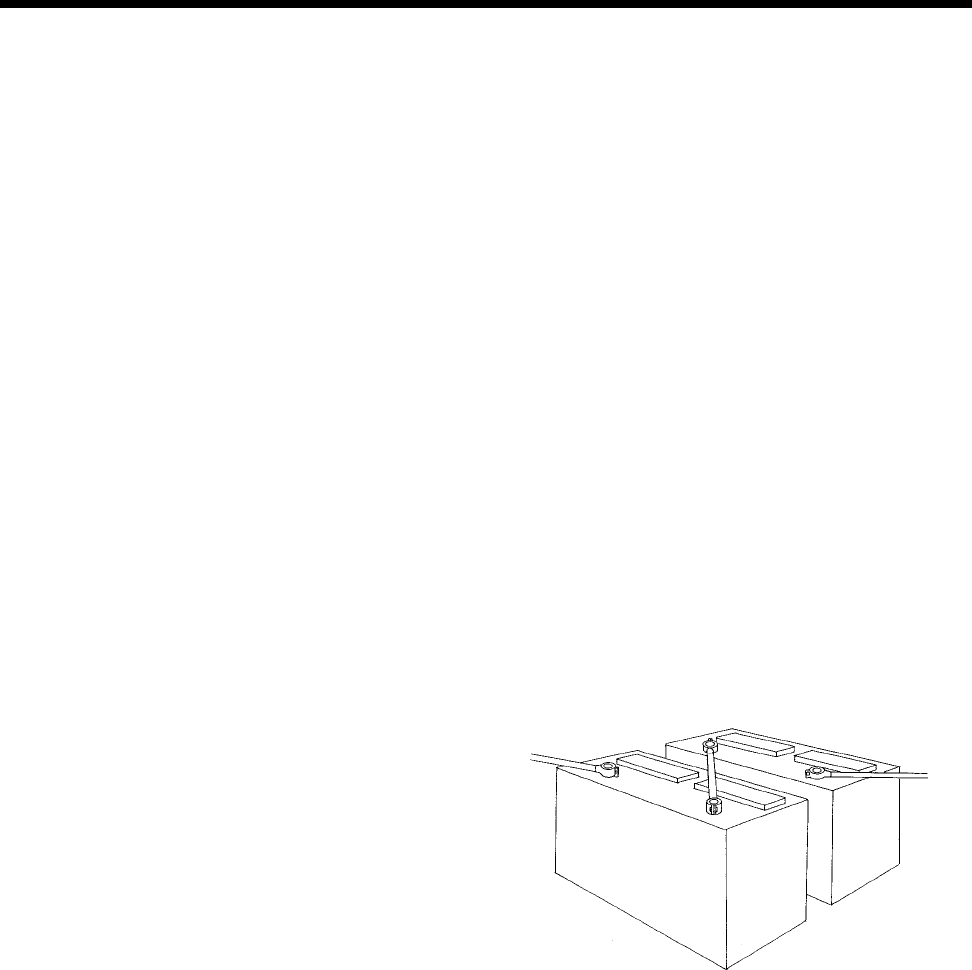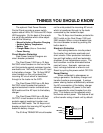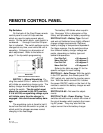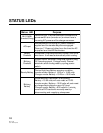
90-0115-00
10/97 Fltman.pm65
BATTERIES
Beware of so-called maintenance-
free batteries. These batteries have cal-
cium alloyed with the lead and hold the
liquid electrolyte in a sponge-like material.
They are sealed and water cannot be
added. Do no confuse them with true gel
cell batteries, they will not hold up to deep
discharging.
Gel Cell Batteries
Gel cell batteries are lead-acid batter-
ies similar in many ways to the common wet
cell battery, but differences in the chemistry
and construction provide some unique
features.
No Maintenance - There is no need to
add water and the tops of the batteries stay
clean. Also, the batteries can be used in
any position and may be used without a
battery box.
Low Self-Discharging - Unlike wet cell
batteries, the gel cell will hold its charge for
months if left sitting with no load and no
float charge. They can be stored without a
constant float charge and without fear of
freezing.
Low Internal Resistance - The result
of low internal resistance is a higher battery
voltage under load, which will result in
better inverter performance on demanding
high power loads. In addition, this allows
the gel cell to accept a high rate of charge,
a plus for rapid recharging.
The features of the gel cell batteries
solve many common problems. Cycle life is
high, even under constant deep discharg-
ing.
BATTERY INTERCONNECTION
In most cases you will be using a bank
of two or more batteries with your inverter/
charger. You may connect batteries to-
gether in two configurations, series and
parallel.
Series
Connecting 2 batteries in series will
double the voltage of the battery bank. For
instance, two 6 Volt batteries connected in
series will produce 12 Volts. The Amp-hour
capacity of the battery bank will be the
same as each individual battery. Example,
two 6 Volt 220 Amp-hour batteries in series
will produce on 12 Volt 220 Amp-hour bat-
tery bank.
Series
+
+
-
-
13


















